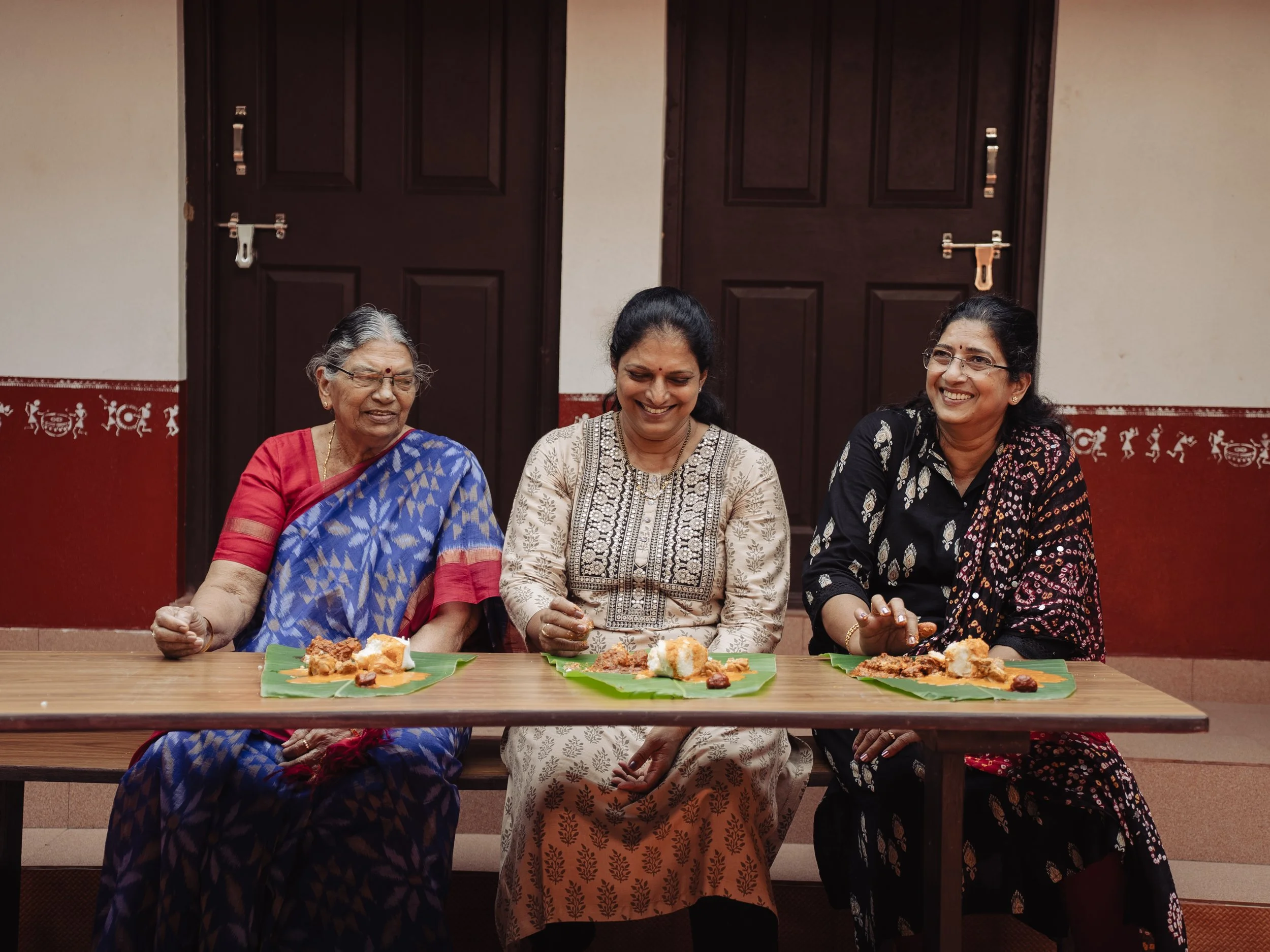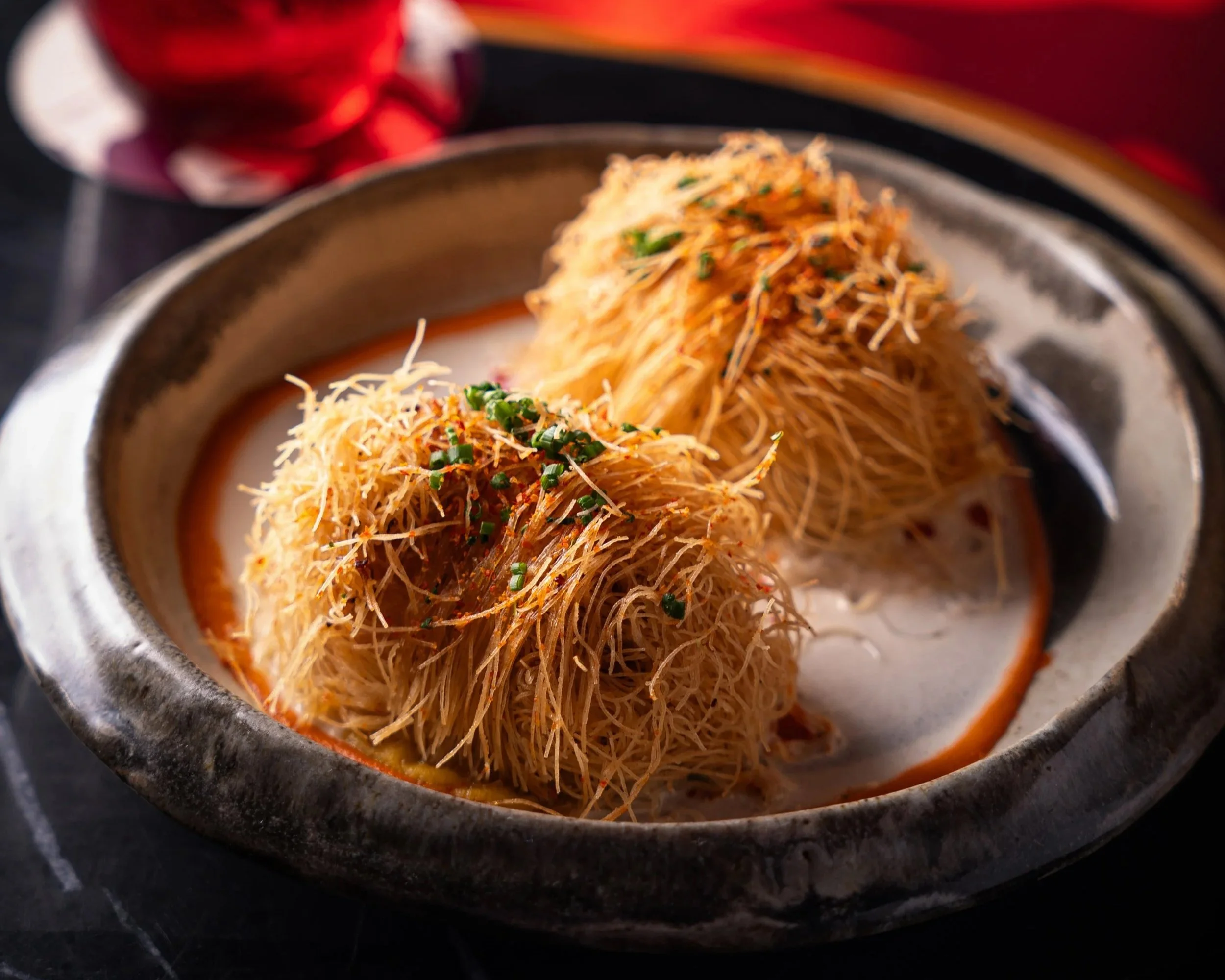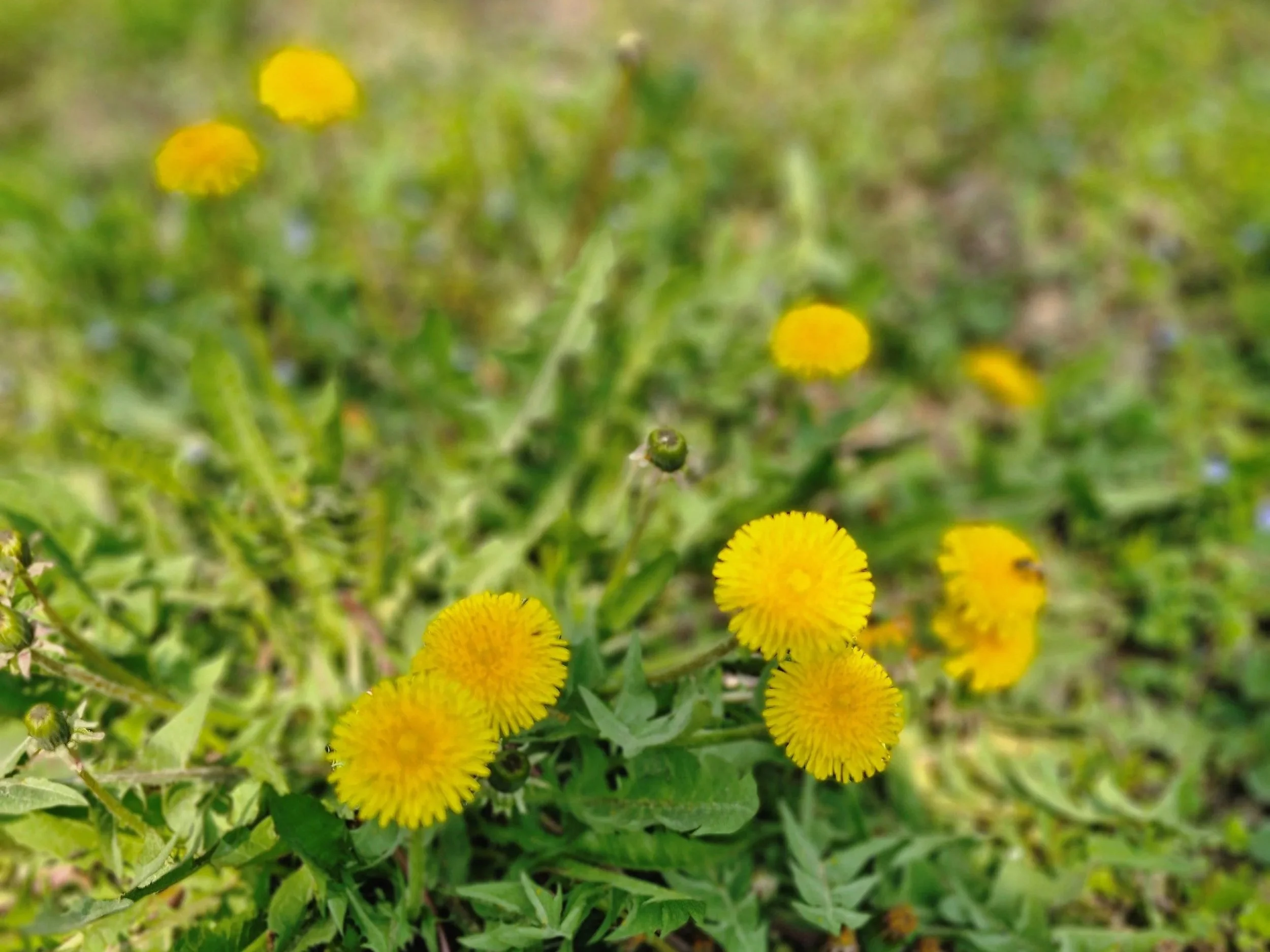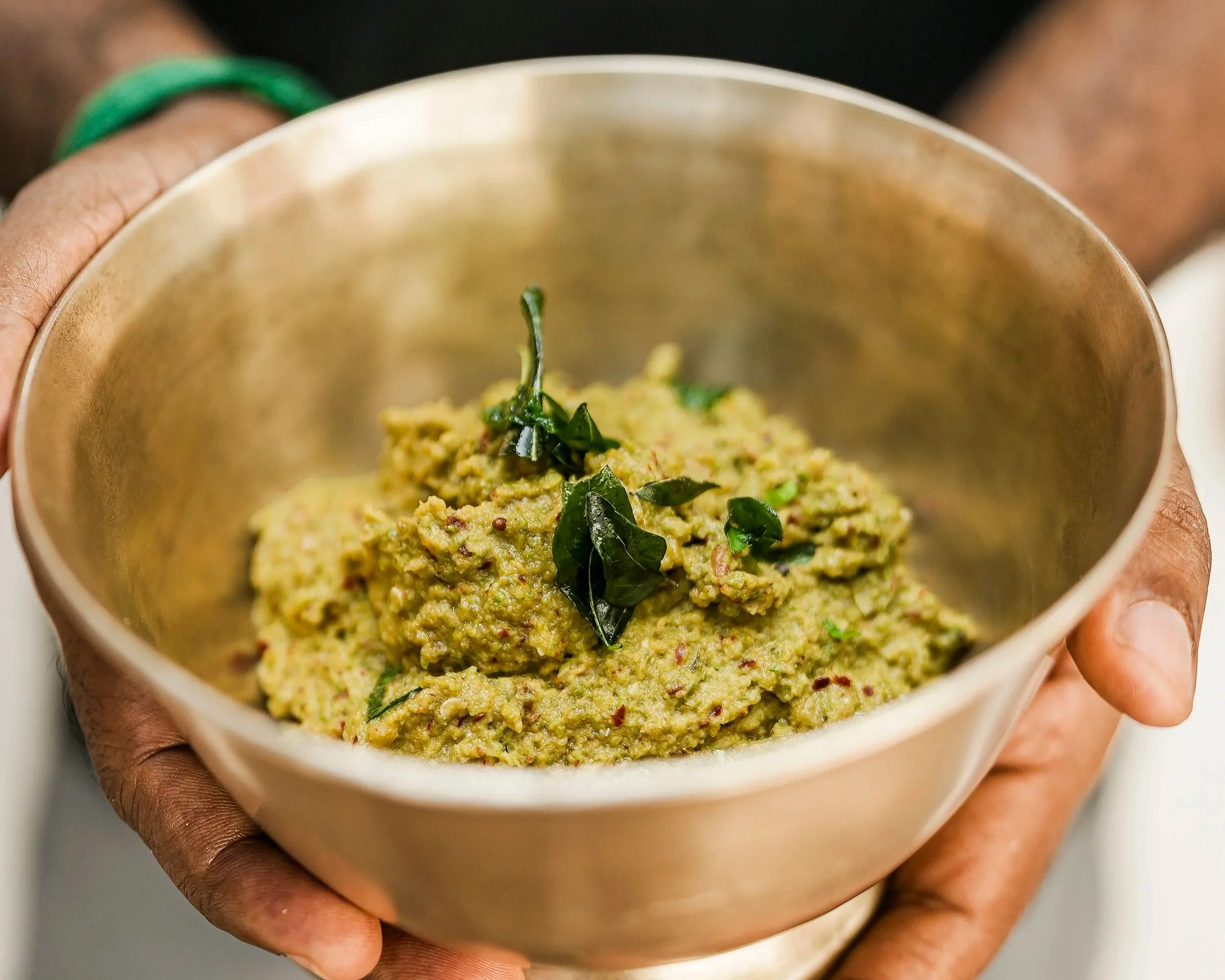Sipping on Tradition: Tongba is More Than a Drink

Neelanjana Rai once got high on jaad, the fermented kodo millet wine that is made in a tongba. Here she narrates that memorable experience, and the importance of the drink to the tribal community in Darjeeling.
Tongba is often misunderstood.
People think it’s the name of the drink, but it is the name of the bamboo container that holds the drink. The real magic inside — the warm, tangy, fermented kodo millet wine — is called jaad. But over time, we’ve come to call the whole thing ‘tongba’.
Tongba is not just a drink in our culture. It’s an offering. A ritual. A memory.
Tongba is deeply rooted in the lives of the Limbu, Rai, Sherpa, and other Kirati communities of eastern Nepal and parts of northeast India, especially Sikkim and Darjeeling. Traditionally, it is not consumed for intoxication alone but as a symbol of warmth, hospitality, and togetherness. To refuse a tongba offered at a gathering is almost like refusing friendship. Guests are greeted with steaming tongbas during festivals, weddings, and even after long days of farming in the hills.
The drink itself is tied to the land. Made from kodo millet, a hardy grain that thrives in the hilly terrain — it represents both survival and celebration. The preparation of tongba is considered almost sacred; the yeast (marcha) used in fermentation is often passed down through families like an heirloom, guarded carefully because it carries the unique taste of each household.
The drink is tied to the land. Made from kodo millet, a hardy grain that thrives in the hilly terrain — it represents both survival and celebration.
Our community holds two main seasonal festivals: Udhauli (descending season) in winter and Ubhauli (ascending season) in summer. Tongba features prominently during both, especially during Pitri Puja, our ancestral worship ceremony. For us, sharing tongba is not just about drinking; it’s about bridging the living and the dead, offering a sip to those who came before us, and keeping their memory alive in our homes.
For me, tongba relates to a peculiar story — one that still does the rounds of family gatherings.
A Story For The Ages
It was 1998.
I was three years old, a wild little thing from the Kirati Khambu Rai tribe in Darjeeling. It was the ceremony of Pitri Puja or ancestral worship — during it, we make offerings to our ancestors and a central part of it is jaad, our fermented millet wine.
My grandmother opened an enormous metal dekchi and the rich aroma of fermented kodo millet curled into the air. My nose instantly found its way to that warm, sweet-smelling vessel. After the prayers, our elders sat inside house, tongbas in hand, sipping slowly, and sharing stories long into the night. I was fascinated — why did they get this secret drink and we, the children, were left with nothing but curiosity?
The author (with blue dupatta) at a family gathering…with tongba.
My oldest cousin, who was all of eight years old, and I decided it wasn’t fair. If it was sweet, if it smelled like something from a dream, then why shouldn’t we have some too? We waited for the moments when grown-ups left their tongba unattended, and then we’d sneak in, take a sip, and dash away. In total, I must’ve helped myself to five tongba. It wasn’t long before our cheeks became red. My mouth tingled, my stomach warmed, and I was floating around. The next day, the high turned to horror. I woke up with a raging fever, swollen tonsils, and barely able to open my eyes. My mother, who is Lepcha and not from the Khambu Rai, rushed me to the pediatrician, mortified. When doctor asked what had happened, she flushed with embarrassment. How could she tell a doctor her child got drunk at a religious ceremony?
Eventually, the truth came out. The doctor was amused — he was from the my tribe. “Better she starts young,” he said with a grin. “She was going to have it anyway in a few years.” My mother did not share the humour. But with some medicine and a lot of rest, I recovered. The fragrance of that tongba, though? It never left me.
Kodo millet.
A Cultural Offering To Us, Illegal To Others
Every April, when Pitri Puja rolled around again, I’d catch that same scent rising from the big containers, and it would stir something in me. We have two seasonal festivals, Udhauli and Ubhauli, and our Pitri Puja always aligned with Udhauli, the season of sowing. Before the puja, our Mangpa (shaman), would decide the date and the moment the date was announced, my grandmother would snap into action. “Go get the best batch of kodo millet,” she’d command my uncles, aunts, and father. It had to be the freshest, the finest. Everyone else in the community was doing the same, so if you were late, the best stock would be gone. She didn’t trust anyone to do it right. Making a good tongba takes time, at least a month to ferment, and it has to be done properly. She was a master at it.
What makes tongba even more interesting is the space it occupies outside the law.
In West Bengal, where Darjeeling lies, the manufacture or sale of any intoxicant without a license is technically illegal under the Bengal Excise Act of 1909. Yet, tongba survives, not in licensed shops like whiskey or beer, but in living rooms, courtyards, and community gatherings. For us, it has never been about profit or commercial distribution; it is a cultural offering, passed from one generation to the next. Privately brewed and shared, it remains invisible to the state’s excise lens. But this invisibility comes at a cost — it is celebrated within the community and quietly sidelined outside it. Unlike the government-approved Bangla liquor or Indian Made Foreign Liquor that fills state coffers, tongba gets no recognition, no protection, despite being woven into Indigenous identity.
And yet, it endures. Because tongba was never about legality but about belonging. For a visitor in Darjeeling, sipping tongba is less about the taste of millet and more about drinking in centuries of tradition. It’s a story you can’t buy bottled on a shelf.
Years later, that incident in 1998 became family folklore even though I do not consume alcohol anymore. At every puja, some uncle or aunt would nudge a relative and say, “She’s the one who drank five tongba when she was three!” It became my tribal nickname, my mischievous badge of honour. Relatives I hadn’t seen in decades would walk into our courtyard and glance at me. My grandmother, never one to miss a punchline, would chirp, “You don’t remember her? She’s the one who drank your tongba in ’98.” And suddenly, vague recollections would light up.
If sins can be fermented into laughter, I suppose mine aged well.
RECIPE FOR TONGBA
Ingredients
10 kg Kodo millet
300 gm marcha (yeast cake)
Water, as needed
Method
Wash the millet thoroughly and steam or gently cook. Use a steamer and cook it until soft but firm.
Cool completely on a clean surface. Spread it out on a bamboo mat or a large plate to air-cool.
Once cooled, mix in crushed marcha evenly.
Transfer the mixture into an bamboo pot or airtight container. Cover tightly and let it ferment for 30–35 days in a warm place.
After fermentation, the millet will have a sharp, sweet aroma.
To serve, scoop a portion into a Tongba, pour hot water over it, and let it sit for 5–7 minutes. Insert a bamboo straw with a filter, and sip gently. Add more hot water as you go until the flavor fades.
Neelanjana Rai is an independent journalist. She writes about indigenous people, culture, health, science and climate change.
ALSO ON GOYA












